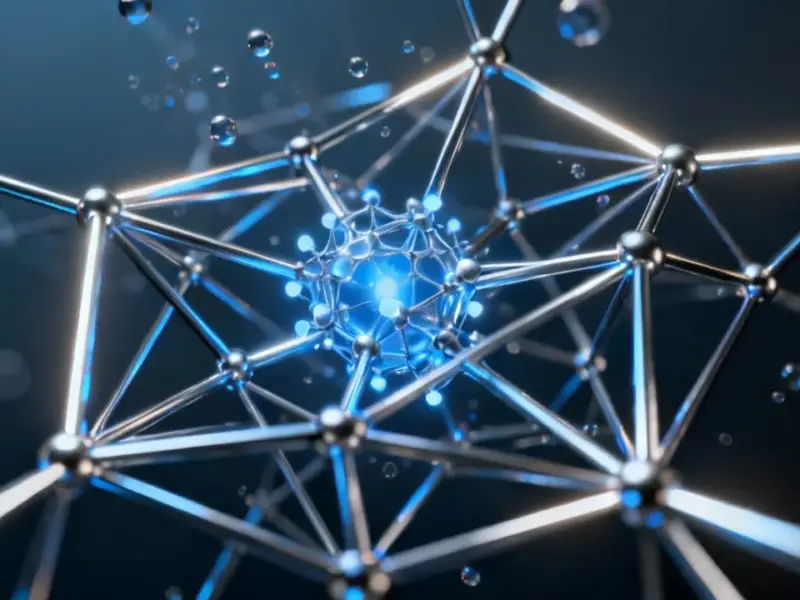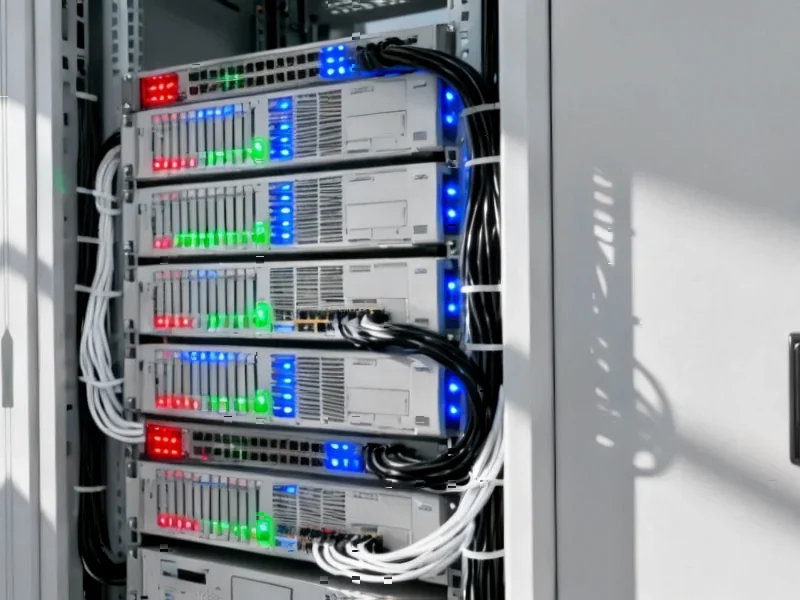According to CNBC, OpenAI just launched ChatGPT for Teachers, a specialized version designed specifically for K-12 educators and school districts. The tool allows educators to securely work with student information while getting personalized teaching support and collaborating with colleagues. District leaders get administrative controls to determine how ChatGPT will work within their communities. The company is starting with a cohort of districts representing roughly 150,000 educators. Here’s the kicker: ChatGPT for Teachers will be completely free for K-12 educators in the U.S. through June 2027. OpenAI’s education VP Leah Belsky emphasized their goal is to ensure teachers have access to AI tools with a teacher-focused experience.
The Education AI Arms Race Heats Up
This move is way bigger than just another product launch. We’re seeing the beginning of a massive land grab in the education technology space. OpenAI is essentially giving away their premium product for three years to get teachers hooked. Think about it – by 2027, an entire generation of educators will have built their workflows around ChatGPT. That’s some serious long-term strategy.
And the student data protection promise is crucial here. Schools have been understandably nervous about AI in classrooms, especially around privacy concerns. OpenAI saying they won’t use anything shared in ChatGPT for Teachers to train their models? That’s them directly addressing the biggest barrier to adoption. But here’s the question: what happens after June 2027? Do they start charging districts? Is this the freemium model coming to education?
The Teacher Adoption Reality Check
Look, I’ve seen plenty of edtech initiatives come and go. The real test isn’t whether the technology works – it’s whether overwhelmed teachers actually use it. The collaboration features could be a game-changer if they work smoothly. Teachers sharing lesson plans, getting instant feedback, working across departments – that’s the kind of practical utility that might actually stick.
But let’s be real: 150,000 educators sounds impressive until you realize there are over 3 million public school teachers in the U.S. alone. This is a controlled rollout, and that’s probably smart. They need to work out the kinks before this scales nationwide. The district-level controls are interesting too – will some schools lock it down while others go all-in? We’re about to see a natural experiment in AI adoption playing out across different educational philosophies.
Where This is Heading
Basically, we’re watching the foundation being laid for AI to become as fundamental in classrooms as calculators or computers. The three-year free period gives everyone time to adjust, develop best practices, and figure out what actually works. By the time 2027 rolls around, not using AI in education might seem as strange as not using the internet for research.
The bigger picture? This could fundamentally change how we think about teaching. If AI handles the administrative grunt work and personalized lesson planning, teachers might finally get to focus on what they do best – actually teaching and mentoring students. Or it could become another burden they have to manage. The next few years will tell which path we’re heading down.




